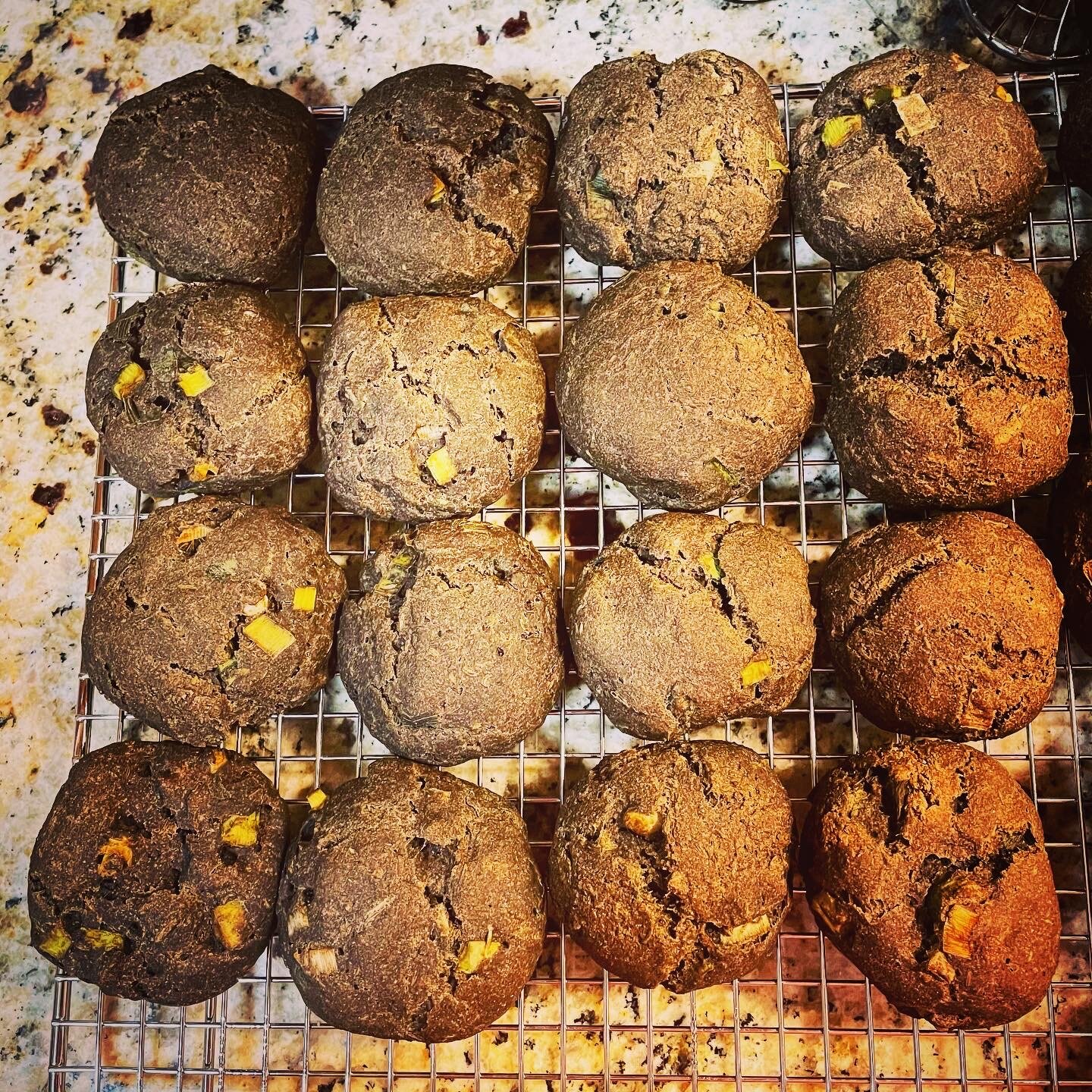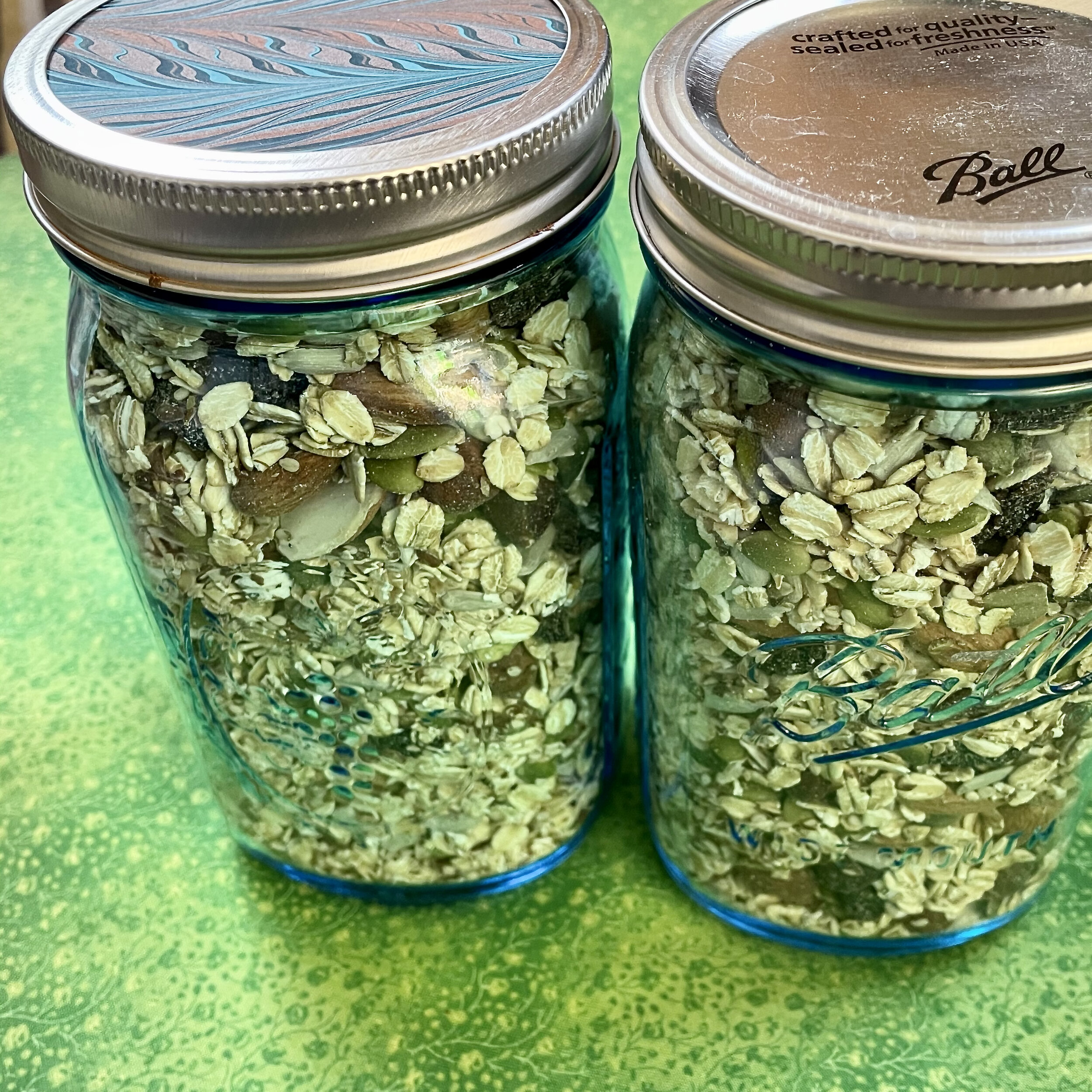3. A Few Skin Allies
Tonic Herbs
Tonic herbs in Ayurveda and the Wise Woman tradition nourish tissues and organs and have a building quality. Ayurvedic tonic herbs are mostly polysaccharide-rich plants, neutral or sweet in taste, gentle, nerve soothing, and often demulcent such as licorice, marshmallow, shatavari, slippery elm, Irish moss, Solomon’s seal and flaxseed.4 The Wise Woman definition of tonics is broader, referring both to the way of using the plant, generally for long periods of time without contraindication, and to the nutritive supportive aspect. Wise Woman tonics include many daily nourishers such as oat, plantain, nettle, raspberry, violet, dandelion, burdock, and seaweed.5
Oat, Avena sativa
Oat is a favorite daily tonic, restorative and grounding. Oat builds bones and increases flexibility in the joints.6 It blends well, balancing strong flavors and gently moistening astringents. Consuming oats in food and infusion aids skin health by nourishing with minerals, moistening tissues through demulcent action, and balancing the nervous and endocrine systems.7 Oats ease hemorrhoids, varicose veins, eczema and skin irritations.8 Milky oat tops, best preserved as tincture, are “the greatest nervous system trophorestorative,” and are useful for nervous exhaustion, agitation, oversensitivity, hyperreactivity, and drug withdrawal.9 Oat in Ayurveda is a rasayana, a rejuvenative tonic,10 a cooling nervine and antispasmodic.11 For Avena sativa benefits, use plenty of oats as: food (rolled oats, steel cut oats, oat flour, oat milk), infusion, tincture, bath, scrub, sitz baths, and washes.
Plantain, Plantago major
Sometimes called white man’s foot because plantain grew in places colonizers disturbed, plantain draws, cools and soothes. A few years ago, plantain was my ally for a spider bite on my neck. I took burdock, plantain, and echinacea tinctures to stimulate my immune system and move venom out of my body faster.12 After using a fresh plantain poultice for two days, the redness and swelling stabilized. Within a week there was noticeable reduction of inflammation.
Abundant plantain is often overlooked. It is nature’s band-aid, an effective aid for bruising, wounds, itches, bites, skin irritations, eczema, psoriasis, hemorrhoids, cuts, burns, and rashes.13 The astringent and mucilaginous aspects balance each other, making plantain appropriate for many tissue states. As a urinary system tonic, diuretic, and small intestine nourisher,14 plantain helps digest and eliminate on multiple levels, which in turn supports clarity of the skin. Leaves are used in pot greens and infusions, and seeds are used for fiber and laxative bulk. Robin Rose Bennett says plantain, “uplifts the heart by connecting it with the joy and abundance of simple treasures that are underfoot.”15
Alteratives
Movement is essential for optimal skin. Alteratives are deep movers which create tissue state change via metabolism or elimination.16 Some examples are: burdock, red clover, nettle, dandelion, yellow dock, and poke root.
Burdock Root, Arctium lappa
A member of the sunflower family, bringing the force of water and earth, persistent and stubborn, burdock root gets the job done. Moving water through the body, cooling burdock eases skin diseases, boils, carbuncles, fevers, inflammations, and fluid retention,17 eases abscesses, pimples, acne, chronic rashes, eczema, cysts, infected wounds, burns, itchy skin, leg ulcers, frequent fever blisters and cold sores, herpes outbreaks, tumors.18 Burdock root moves “chemicals, heavy metals, and unwanted by-products of metabolic processes”19 in a way that can create a strong elimination purification effect: gas, diarrhea, increased bowel movements. Taking burdock root in small amounts over a long time is the most gentle and comfortable way for most to use burdock according to my clinical experience. Burdock root contains the nearly 45 percent prebiotic inulin,20 which creates an inviting gut environment for beneficial bacteria to grow. The health of the intestinal and digestive systems supports the health and clarity of the skin. I use burdock root tincture for bites and skin rashes, and the root in infusion, and food: broth, vegetable dishes, vinegar.
Red Clover Blossoms, Trifolium pretense
Red clover is sweet, salty, cool, nutrient- and protein-rich, antispasmodic, expectorant, alterative.21 Alteratives purify blood, help heal sores, boils, and tumors, aid liver processes, have anti-inflammatory and vulnerary properties, and help fight infections and parasites.22 Red clover nourishes the hormones with phytoestrogens,23 helping clear skin inflammations and acne. Red clover is an ally in fighting skin cancer24 and has antitumor properties.25 When used for long term skin stress, red clover helps restore yin fluids.26 Try red clover in tincture, infusion, and food: salads, frittatas, breads, baked goods, nutritive infusion. Contraindications: do not mix with medicine changed by the liver, birth control pills, estrogens,27 or blood thinners like Warfarin since red clover contains blood-thinning coumarins.28
Nervines support and nourish the nervous system, calming, steadying, and reducing anxiety. Gabor Maté draws the connection between the skin and the nervous system having evolved from the ectoderm tissue. Like the membranes of our cells, the body’s membrane – the skin – has an intelligence connected to the nervous system, to sensory perception, to the exchange of substances with the environment, to the response and decision-making so necessary for survival and adaptation.29 Human skin separates individual from environment and allows better response to and communication with the environment, just as within the body, cell membranes serve a parallel function on a micro level. Skin is much more than the outer layer of our individual boundary or the subdermal layers. Skin has important connections to the nervous system, and the overall functioning of the nervous system gives a view into an organism’s adaptability, which can then also show in the skin. Adaptogens for nervous system health that also support the skin are holy basil, astragalus, licorice, schisandra, and shatavari.30 Other skin supporting nervines include St. John’s wort, rose, oat, linden, and lavender.
St John’s Wort, Hypericum perforatum
Also called St. Joan’s wort, this solstice-blooming, yellow-flowered plant with tiny holes in its leaves lets the light through. It is bitter, spicy, warming, antispasmodic, anti-inflammatory, astringent, vulnery.
As a nervine it was historically used for “nervous griefs,” nerve pain, damage or numbness, seasonal affective disorder, burns, bites, and puncture wounds.31 It is antiviral for herpes and shingles.32 St. John’s wort is always in my travel and kitchen first-aid kit for burns, muscle aches, and wound care. I use St. John’s wort most often as a tincture or external oil, sometimes in infusion blends, and more rarely in food. Note: may make one more photo-sensitive. Check contraindications. Do not use St. John’s wort while taking the birth control pill or SSRIs, as it can cause cross reactions and reduce these prescriptions’ effectiveness.33
Rose, Rosa species
Rose helps the self to accept and surrender. Better self-knowledge makes seeing other perspectives easier, so use rose to stay heart-centered where differing opinions may be expressed. The taste ranges on a spectrum of astringent, spicy, sweet, floral. Rose nourishes the skin and the capillaries below it, increasing circulation.34 Rose’s antiviral, antibacterial, and anti-inflammatory properties make rose a good skin ally. Rose nourishes the reproductive systems, and this hormonal balancing aids the skin.35 Nourishing the liver and the circulatory system has beneficial aspects for the skin. Rose can be both warming and cooling, astringent and toning, balancing temperature and moisture levels. Rose is used in many forms: rosewater, hydrosol, tincture, tea, salve, poultice, and in desserts, salads, vinegar, and honey. As a chef, I keep tincture ready for quick burn care.





































